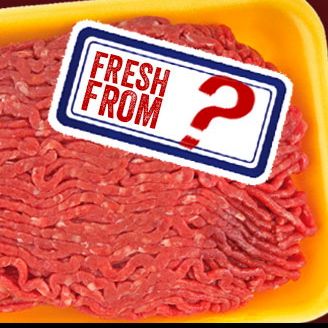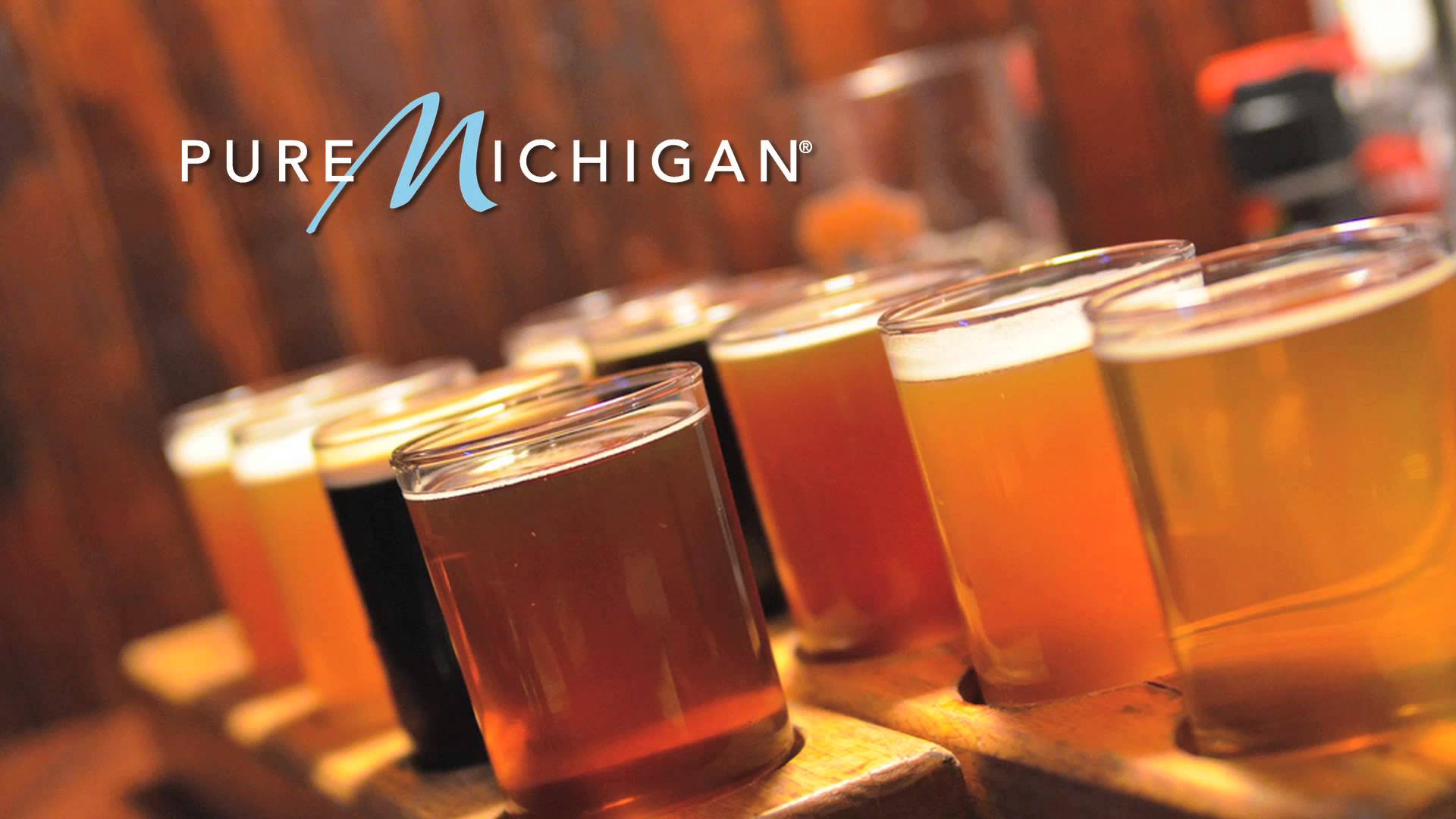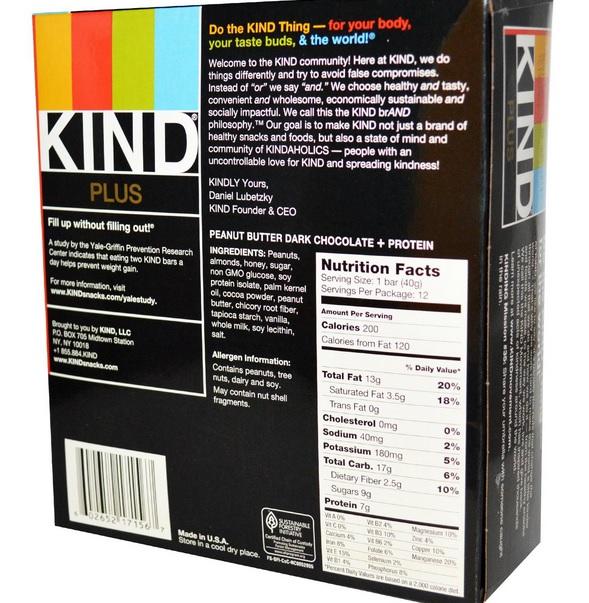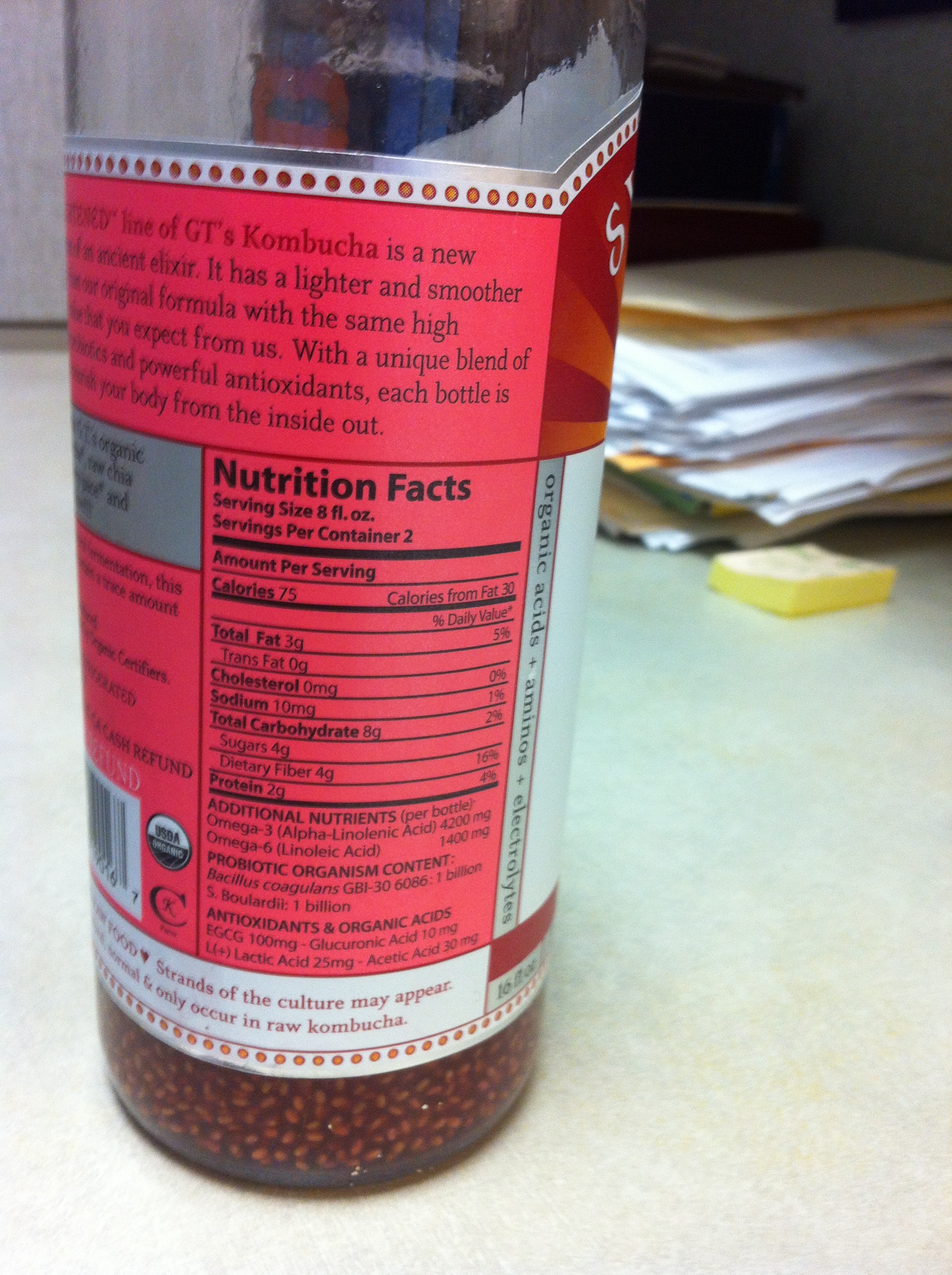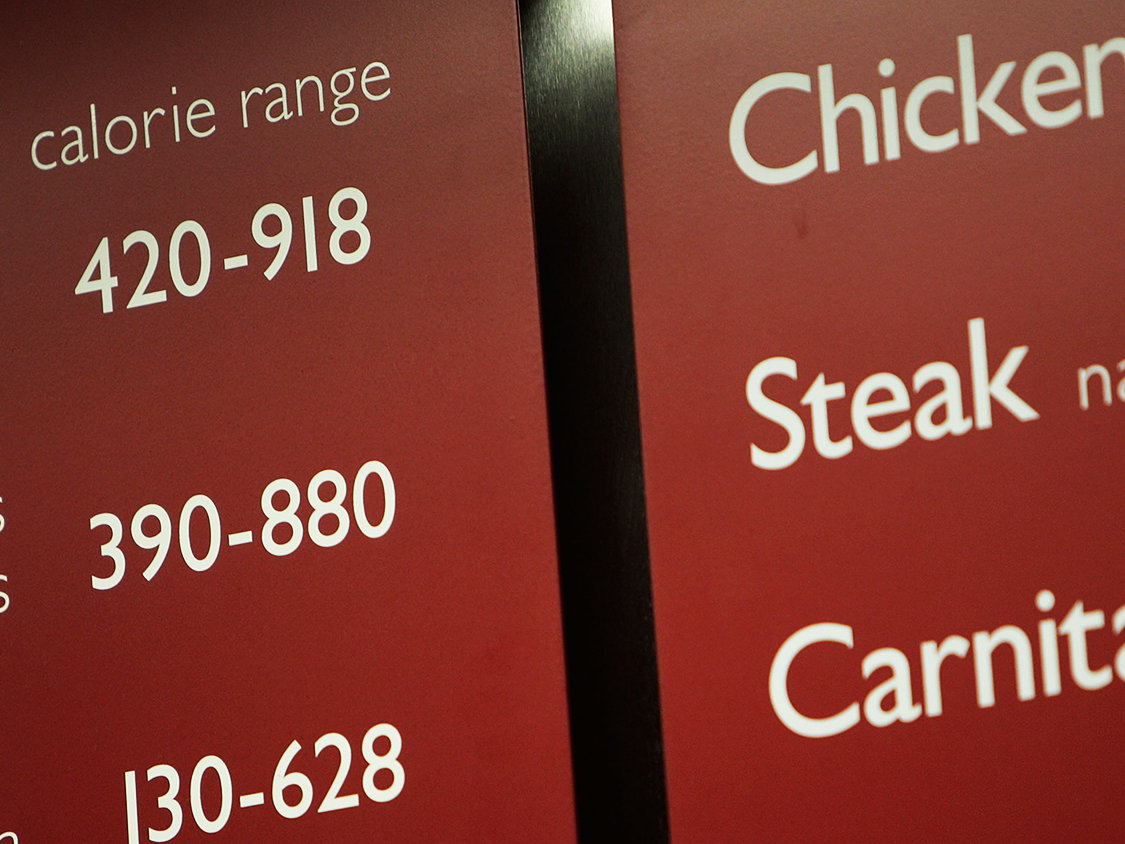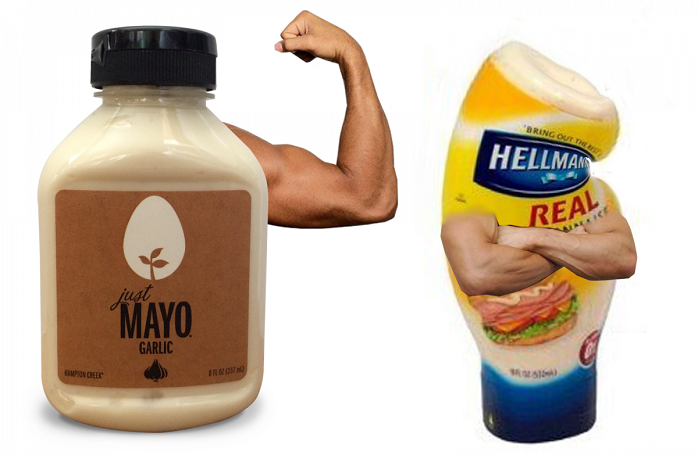Over the past two years Michigan business owners spent considerable time implementing procedures to comply with the health care requirements under the Affordable Care Act (the Act). Just when business owners thought they could turn their attention back to doing what they do best (i.e., running their business), regulators issue new requirements, this time targeting the food and beverage industry.
The FDA’s final rule on food labeling (the Rule), as required under the Act, provides for nutrition labeling of “standard” menu items for chain restaurants with 20 or more locations and “similar retail food establishments.” Unlike earlier drafts, the final Rule requires chains to also issue caloric information for alcoholic beverages. While the Rule does not specifically apply to breweries, there may be unintended consequences that impact craft brewers, especially those brewers that sell to chain restaurants. Michigan craft breweries should take notice.
Michigan, ranked fifth in the nation, is home to more than 150 craft breweries. Consumer demand for craft brews continues to grow and many national chain restaurants operating in Michigan already carry local craft beers on their menus. Many restaurants rotate their offerings regularly and list the current beer selection on menu boards. While restaurants are ultimately responsible to collect nutritional information on the items they serve, it is unclear whether restaurants would instead place this burden on brewers.
The FDA has noted that restaurants can utilize nutritional databases in order to determine calorie content on the beers they offer, such as the USDA National Nutrient Database for Standard Reference. According to the database, the calorie count for a “typical beer” is 153 calories per 12 oz. serving. But the problem is craft beers are not “typical”. They are full-flavored concoctions which ingredients vary greatly from one brewery to another. Thus, labeling all craft beers 153-calories would clearly be inaccurate.
Under the Rule, businesses must provide an inspector with information substantiating nutrient values, including the method and data used to derive these nutrient levels. A “responsible individual” for the business must certify that the information contained in the nutrient analysis is complete and accurate. So if a restaurant lists a 350 calorie beer as having that 153-calorie count, they run the risk of violating the Rule, especially if they cannot demonstrate they took reasonable steps to ensure the brewery adhered to the 153-calorie count. Failure to comply with the Rule, or if you don’t get it right, the menu item will be deemed “misbranded” which is a misdemeanor under the Food Drug and Cosmetic Act. The FDA retains the discretion to hold those “responsible individuals” who certify the menu labeling, criminally liable for a misbranding violation.
Knowing the risk of a potential misbranding violation could lead to restaurants not accepting the standard reference calorie count, forcing brewers to supply nutritional information. Thus, craft brewers may be faced with a choice: either supply calorie counts or take their products elsewhere. But with rumors circulating that the Alcohol Tax & Trade Bureau (the TTB) — which is responsible for approving alcohol labels — could look at its own labeling policies and enforce stricter regulations in the near future, even possibly requiring nutritional information on beer labels, craft brewers may need to consider analyzing their beers now. So in the event the TTB follows the FDA’s lead and implements new labeling requirements, brewers will be prepared and know the caloric content of their products.
Craft brewers have long stressed a “drink better, not more” philosophy, unlike the mass-produced beers who have offered low-calorie light brews for decades, so hopefully consumers won’t be deterred by the calorie counts. It may slow cross-over growth, but it won’t stop the momentum. My prediction: calories or not, craft beers are here to stay.



